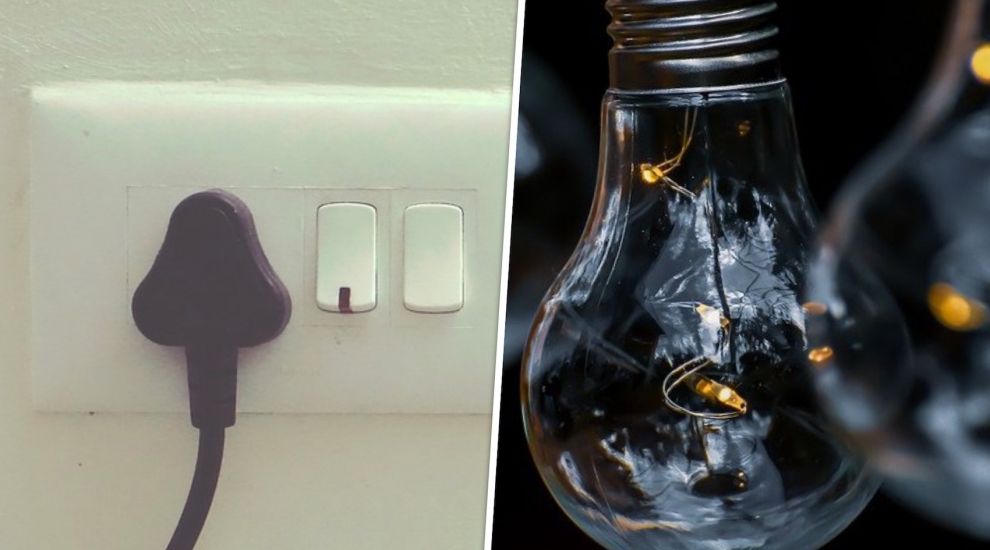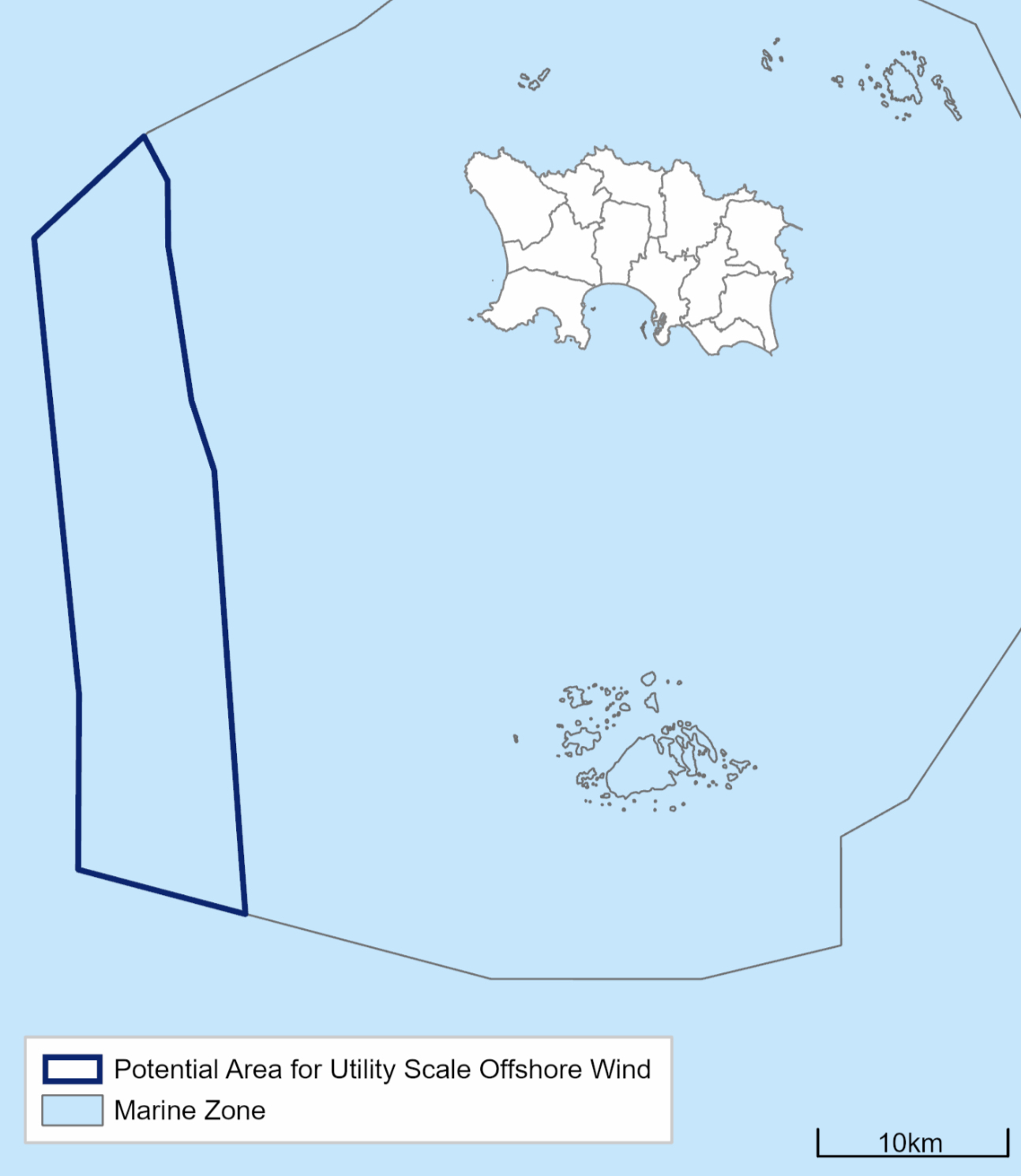


Energy consumption per head of Jersey’s population decreased during 2022, according to a new report.
Published yesterday, Statistics Jersey’s Energy Trends report for 2022 showed that total final energy consumption was 5% less than in 2021.
However, the 2021 figure was 6% more than in 2020 due a reduction in use during the pandemic.
Energy consumption per head of the resident population was 1.3 toe (tonne of oil equivalent) – which was lower than 1.4 toe in 2021 and lower than the UK at 1.9 toe.
Almost all of Jersey's energy supply continued to be imported, with about 2% produced locally as electricity generated by the Energy Recovery Facility and Jersey Electricity solar panels.
The total primary energy supply – defined as the total energy a jurisdiction imports and produces from its own natural resources – was 139,055 toe (tonne of oil equivalent), 6% less than in 2021.
This compares with 154,092 in 2019, 138,926 in 2020, and 147,572 in 2021.
Petroleum products accounted for about three-fifths of Jersey's energy supply while electricity (imported and locally generated) accounted for the remainder.
Of total energy used, just over a third (38%) was by households, a similar amount (35%) for transportation (predominantly road) and around a quarter (27%) by industry and government.
The latest stats come as the Government and Jersey Electricity are exploring how to diversify the island's energy supply.
Environment Minister Jonathan Renouf previously revealed that the island had been approached by "several different companies" about funding the development of an offshore wind farm, which he said could be completed within six to eight years.

Pictured: A "full-scale offshore renewable energy generation scheme" was included in the Bridging Island Plan, with potential locations off the south-west of the island.
At the end of May, an industry giant visited Guernsey to explore the "opportunity" for a similar project in their waters.
Jersey's Carbon Neutral Roadmap – a plan to help the island reach net-zero emissions – says that work will begin on an offshore wind farm system between 2030 and 2040. It also contains an ambition for half of Jersey's electricity to come from renewable energy generated in the island’s territory from 2040 to 2050.
Deputy Renouf previously said his team were on track, if not ahead, of that timeline.
Comments
Comments on this story express the views of the commentator only, not Bailiwick Publishing. We are unable to guarantee the accuracy of any of those comments.